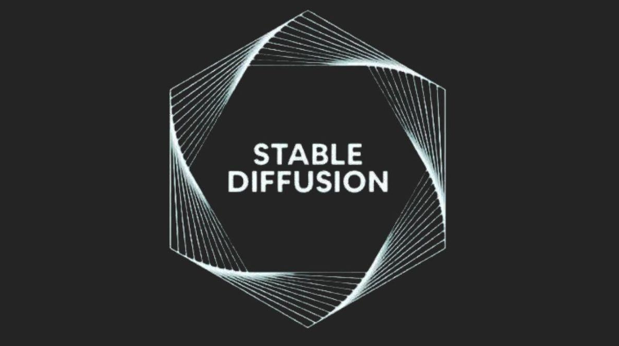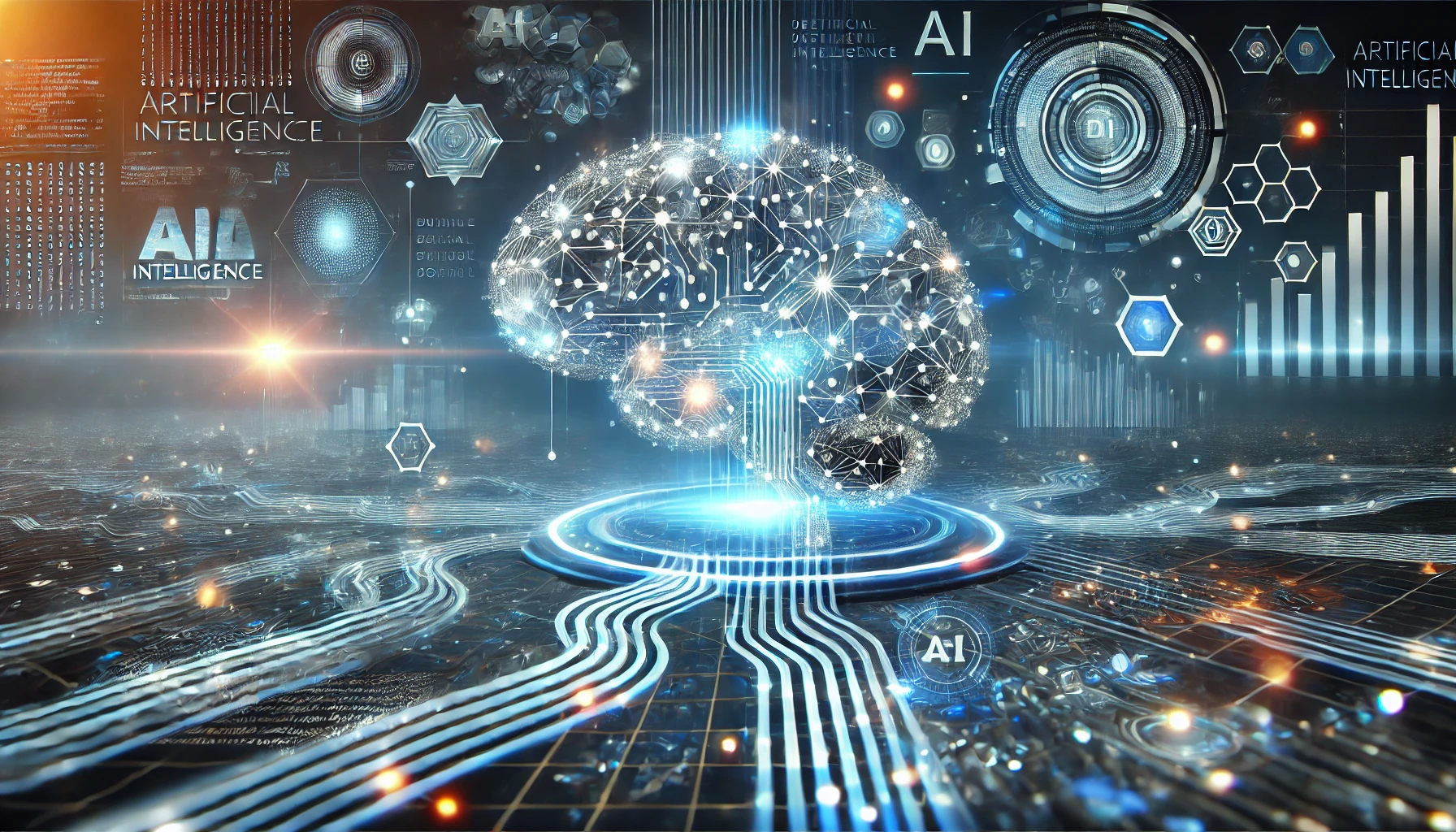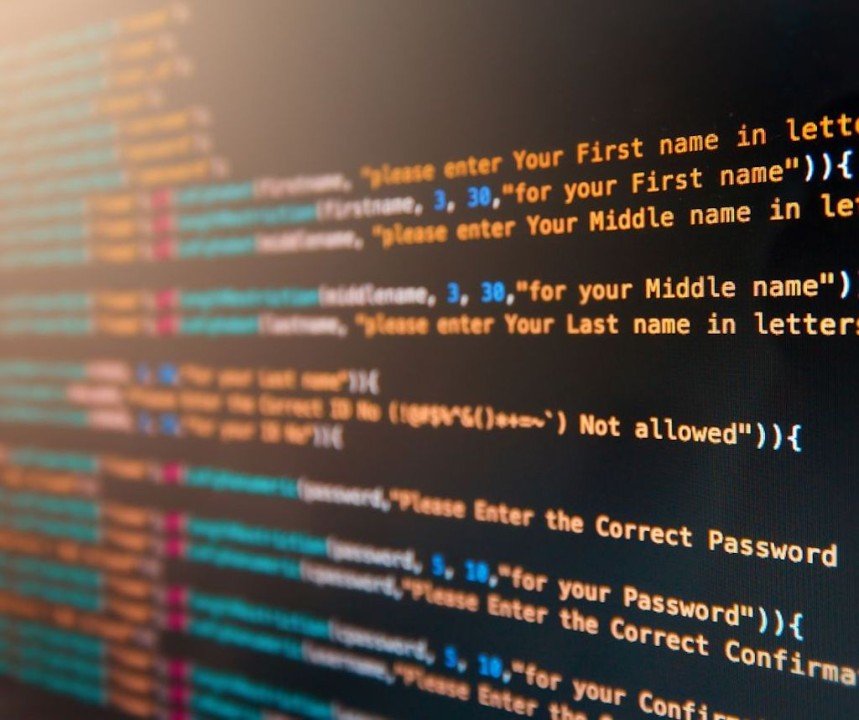The landscape of artificial intelligence (AI) and machine learning is continuously evolving, with diffusion models emerging as a powerful approach in generative modeling. These models offer significant advantages in generating high-quality, realistic data across various domains. This article will explore what diffusion models are, their applications, and the role of stable diffusion developers in leveraging these models effectively.

What Are Diffusion Models?
Diffusion models are a class of generative models that create data by simulating a diffusion process, which is a gradual transformation of noise into meaningful data. The process involves two main phases: the forward diffusion process and the reverse diffusion process.
- Forward Diffusion Process:
This phase involves adding noise to the data step-by-step until it becomes nearly indistinguishable from random noise. This process can be thought of as progressively corrupting the data.
- Reverse Diffusion Process:
In this phase, the model learns to reverse the forward diffusion process. Starting from pure noise, it gradually denoises the data step-by-step to recover the original data. This phase involves a series of learned denoising steps, which effectively generate new, realistic data from random noise.
Key Features and Capabilities of Diffusion Models:
- High-Quality Data Generation: Diffusion models are capable of generating high-quality, realistic images, audio, and other types of data by learning the underlying structure of the data distribution.
- Stable and Robust Training: These models often exhibit stable training dynamics compared to other generative models like GANs (Generative Adversarial Networks), reducing issues such as mode collapse.
- Flexibility in Data Types: Diffusion models can be applied to various data types, including images, audio, and even text, making them versatile for different applications.
Applications of Diffusion Models:
- Image Generation and Enhancement:
Creating high-resolution images from low-resolution inputs, generating photorealistic images from textual descriptions, and enhancing image quality by removing noise.
- Audio Synthesis:
Generating high-fidelity audio samples, including music and speech, by learning from large datasets of audio recordings.
- Text-to-Image Synthesis:
Converting textual descriptions into corresponding images, which is useful in applications such as automated content creation and virtual reality.
- Video Generation:
Generating realistic video sequences by learning the temporal dynamics of video data, applicable in entertainment and simulation industries.
Role of Stable Diffusion Developers
Stable diffusion developers specialize in implementing and optimizing diffusion models for various applications. Their expertise is crucial in ensuring that these models are effectively integrated into real-world systems and deliver high performance. Here are some key responsibilities and services provided by stable diffusion developers:
- Model Development and Training:
Designing and training diffusion models tailored to specific applications and data types. This involves selecting appropriate model architectures, training algorithms, and hyperparameters.
- Optimization and Fine-Tuning:
Fine-tuning diffusion models to achieve optimal performance, ensuring that the generated data meets quality standards and application requirements.
- Integration and Deployment:
Integrating diffusion models into existing systems and workflows, ensuring seamless deployment and compatibility with other technologies and platforms.
- Performance Monitoring and Maintenance:
Continuously monitoring the performance of diffusion models, updating them with new data, and maintaining their robustness and accuracy over time.
- Custom Solution Development:
Developing custom solutions using diffusion models to address specific business challenges and opportunities, leveraging their expertise to deliver innovative applications.
Conclusion
Diffusion models represent a significant advancement in generative modeling, offering robust and high-quality data generation capabilities across various domains. These models excel in tasks such as image and audio synthesis, text-to-image conversion, and video generation, making them valuable tools in many industries. Stable diffusion developers play a critical role in harnessing the potential of diffusion models, providing the expertise needed to develop, optimize, and deploy these models effectively. As AI continues to advance, diffusion models and the specialists who develop them will be at the forefront of creating innovative solutions that push the boundaries of what’s possible in data generation and AI applications.





